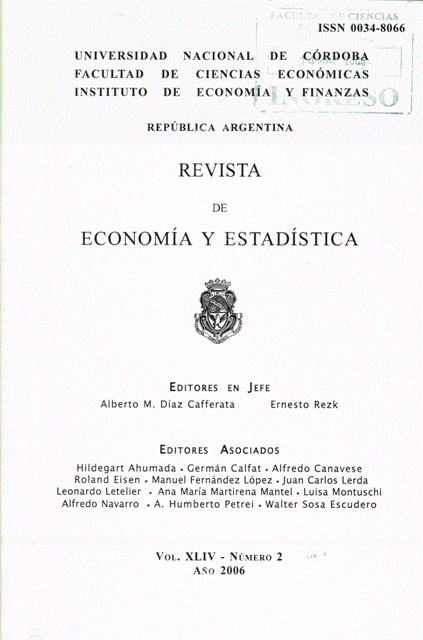A Practitioner’s Guide to Intergovernmental Fiscal Transfers
DOI:
https://doi.org/10.55444/2451.7321.2006.v44.n2.4088Keywords:
intergovernmental finance, fiscal transfersAbstract
Intergovernmental fiscal transfers are a dominant feature of sub-national finance in most countries. They are used to ensure that revenues roughly match the expenditure needs of various orders (levels) of sub-national governments. They are also used to advance national, regional and local area objectives such as fairness and equity and creating a common economic union. The structure of these transfers create incentives for national, regional and local governments that have a bearing on fiscal management, macroeconomic stability, distributional equity, allocative efficiency and public services delivery. This paper reviews conceptual, empirical and the practice literature to distill lessons of policy interest in designing the fiscal transfers to create the right incentives for prudent fiscal managment and competitive and innovative service delivery. The paper provides practical guidance on the design of performance-oriented transfers that emphasize bottom-up, client- focused and results-based government accountability. It cites examples of simple but innovative grant designs that can satisfy grantors’ objectives while preserving local autonomy and creating an enabling environment for responsive, responsible, equitable and accountable public governance. The paper further provides guidance on the design and the practice of equalization transfers for regional fiscal equity as well as the institutional arrangements for implementation of such transfer mechanisms. The paper concludes with negative (practices to avoid) and positive (practices to emulate) lessons from international practices.Downloads
Downloads
Published
Issue
Section
License
Copyright (c) 2006 Anwar Shah

This work is licensed under a Creative Commons Attribution-NonCommercial-NoDerivatives 4.0 International License.
Authors who have publications with this journal agree to the following terms:
Authors retain their copyright and grant the journal the right of first publication of their work, which is simultaneously subject to the Creative Commons Attribution-NonCommercial-NoDerivatives 4.0 International License that allows third parties to share the work provided that its author and first publication in this journal are indicated.
Authors may adopt other non-exclusive licensing arrangements for distribution of the published version of the work (e.g. depositing it in an institutional telematic archive or publishing it in a monographic volume) as long as the initial publication in this journal is indicated.
Authors are allowed and encouraged to disseminate their work via the Internet (e.g. in institutional telematic archives or on their website) before and during the submission process, which can lead to interesting exchanges and increase citations of the published work. (See The Open Access Effect)










